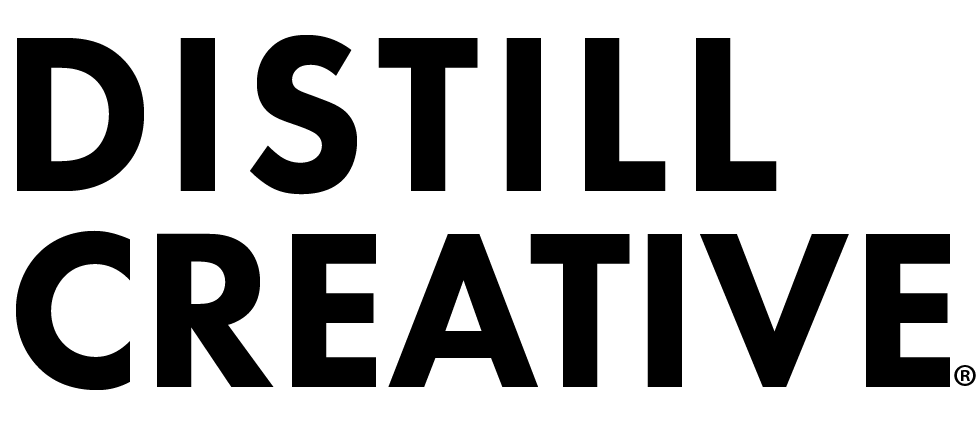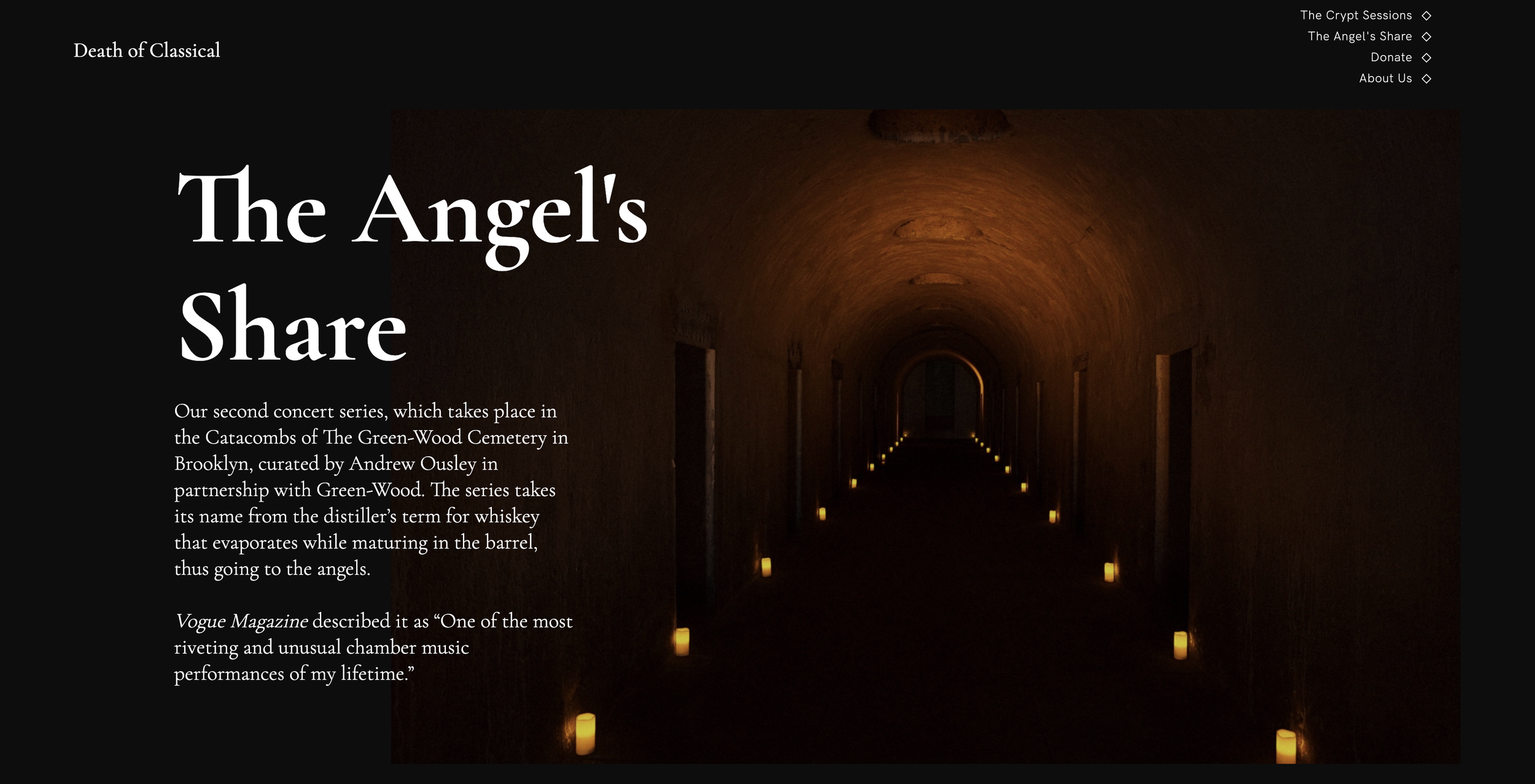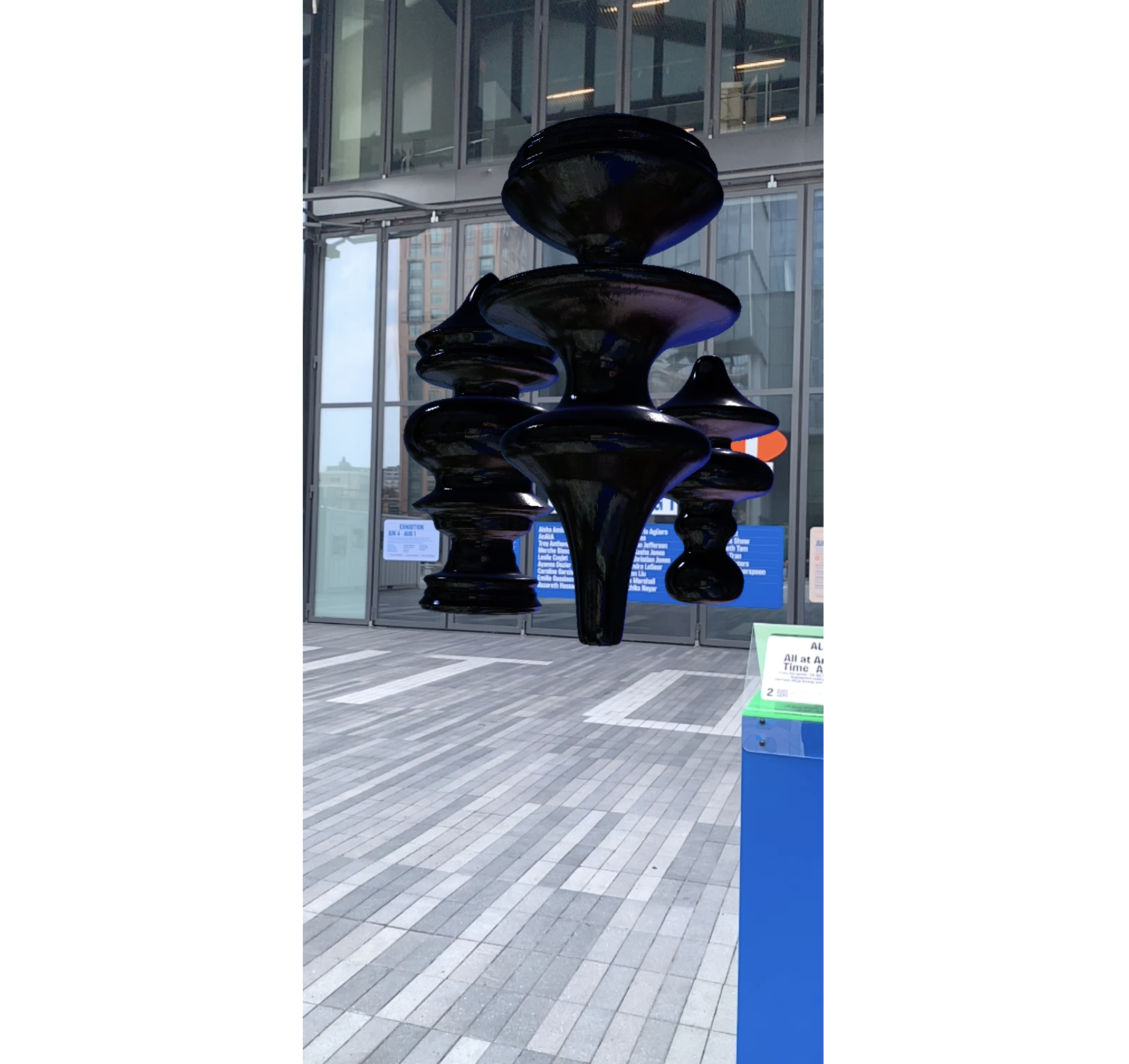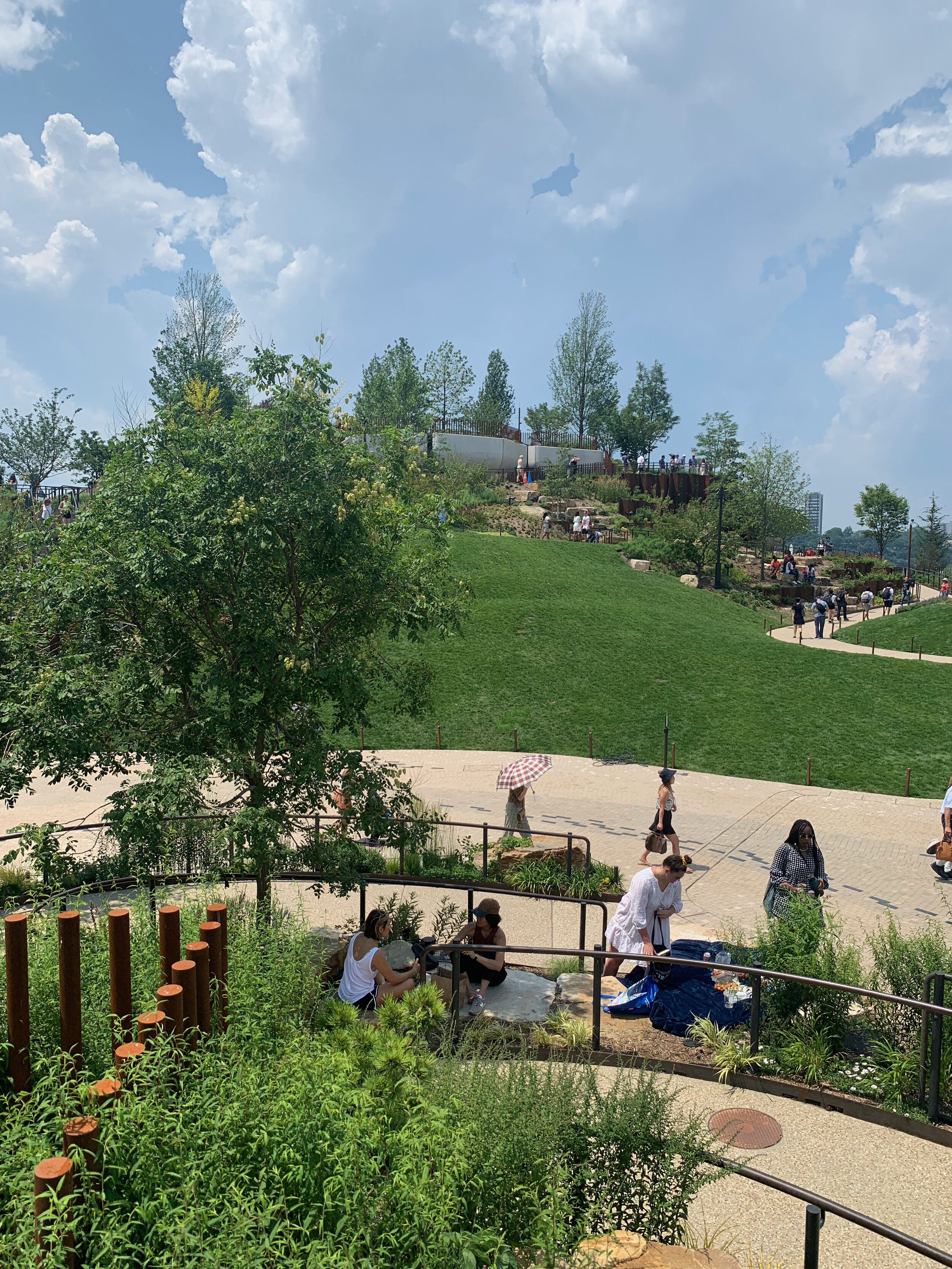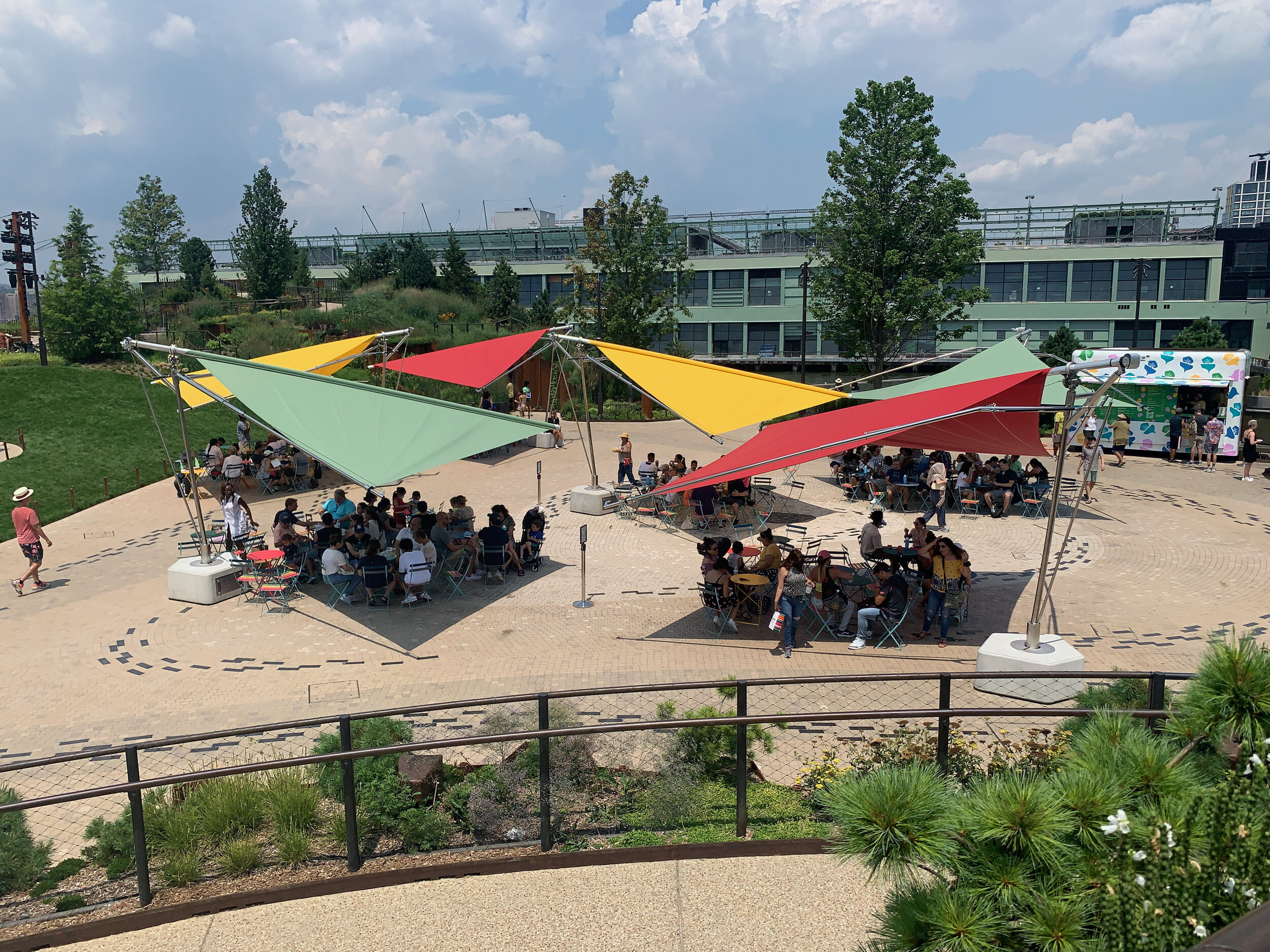Creative Spaces Inside, Outside, and In Between
I’m always on the lookout for creative spaces and I want to share some places I’ve seen in person or online in the past few months. All of these spaces use art or space, or both, in an interesting way. Below are images of creative spaces with tips on how you can replicate these ideas or make them better in your own personal or commercial space.
CREATIVE SPACES INSIDE
Delta Sky Club at Phoenix Sky Harbor Airport (PHX)
Airports are places we often just pass through, but many airports have robust art programs. I talk about this in my latest podcast episode with Amina Cooper who curates and produces art installations for Charlotte Douglas International Airport (CLT). The image above is from the Delta Sky Club at Phoenix Sky Harbor Airport (PHX). While I’m used to finding interesting artwork throughout PHX airport, I was especially impressed by the work in the PHX Delta Sky Club. I’m still trying to identify this artist, so please comment or email me if you know who it is!
What I like about the image above is how the artwork is framed by the architectural features of the space. The placement of the furniture and lighting allows for guests to sit and look at the artwork or walk up close to it. I am not sure if there were labels for the artwork as I did not have that much time in the lounge, but if not, they could improve this display by adding information about the artwork in a minimal way. Delta should also update their website to include information about the artists featured in their Sky Clubs so that we can find them. This helps out artists because if they are found then they can be contacted for opportunities. Artwork should be labeled both physically in person and digitally online.
Convergence Station, Meow Wolf in Denver, CO
Meow Wolf is known for immersive art experiences. While they started as an artist-run project in Santa Fe, they now have multiple locations throughout the USA. I have yet to experience Meow Wolf in person, but I am continually impressed by their use of space and their ability to get serious funding to create them.
I have a few takeaways from the Meow Wolf phenomenon. One is that you cannot create anything without starting somewhere. We often think we cannot do much with a space due to lack of money, community advocates, or other resources, and so we give up before we start. Had the Meow Wolf originators never started their DIY space, they would never have become what they are today. My second takeaway is that the experience economy is only going to continue to grow in a post-COVID/pandemic world. People want to escape and they want to be photographed in interesting spaces. If you create a space that allows guests to do both, you will get visitors.
My third takeaway is that we should be wary of making an art experience like an amusement park. What started as a grassroots, community driven concept, in the case of Meow Wolf, now feels similar to the Ice Cream Museum. In my opinion, this type of space will draw in tourists, but eventually it will not feel particularly tied to the local community and the surrounding community may come to resent it. Meow Wolf has gotten big enough that they're even trying to stamp out union organizing efforts, a sign that they've made it in the media world.
I think the art museums in Washington, DC are also a good example of this — while they are world-class art destinations they rarely feature local artists, even though there are plenty of world-class artists based in the DMV. Many of the museums in DC have started to address this due to community complaints and in doing so have become more beloved.
Death of Classical at the Catacombs of Green-Wood Cemetery in Brooklyn, NYC
Screenshot from Death of Classical’s website.
Death of Classical puts on classical concerts in spooky spaces, like the Catacombs of Green-Wood Cemetery in Brooklyn. I attended a concert here this summer and it was a truly unique experience.
If you have a unique space that you think is too weird, scary, or awkward to host a public event, think again. With a little brainstorming you may come up with a one-of-a-kind experience that you could host. The key to success is having a partner that can make it happen. This can be an existing organization or a local independent arts producer. If you need help, let us know! This is one of our favorite things to figure out.
There are many more examples of interesting indoor spaces that I’ll share in future posts.
CREATIVE SPACES OUTSIDE
The Looking Glass at The Shed and the High Line in NYC
I really wanted to like The Looking Glass, which was a free, outdoor exhibition of AR (augmented reality) on view July and August, 2021, in the plaza in front of the Shed. The exhibition featured work by twelve artists and was cool if you got it to work. In order to view the artwork you had to download the Acute Art app on your phone.
In theory this was a great idea. It was free and used a new(ish) technology. However, the instructions were confusing and it was hard to get the app to work. I applaud The Shed for trying this, but I hope in the future they spend more time on the user experience. I am relatively tech savvy and if it was hard for me to view the work then it was probably impossible for some people.
I am not sure if they did this, but one tip for doing something like this in the future is to have an attendant on site during certain hours to help people do what they need to do to see the artwork. Another idea for digitally enhanced projects like this is to have a series of events where you are inviting visitors at a specific time so that you can ensure staff is there to help guests participate and view the work.
The Wash by Basia Goszczynska via CHASHAMA at 625 8th Avenue, NYC
The Wash is an outdoor photography exhibition by Basia Goszczynska and produced by ChaShaMa that is up until December 31, 2021. I stumbled upon this when trying to get out of Times Square after visiting a friend in town. The photographs are still lifes made from marine debris gathered off of New York City beaches. The photos are large enough to be viewed from far away and they are installed in harmony with the wall texture, which makes them look intentional and less like an advertisement, which is hard to do in NYC.
What I like about this work and installation is that there is a lot to look at, but it doesn’t get tiring if you walk by it often. This is the problem with lot of public artwork. It may look cool the first five times you walk by it, but after a while you get sick of it. This exhibition is temporary, so that helps, but also the photographs have enough whitespace that it isn’t hard on the eyes if you do see it often. When you have time, you can get closer and see all the details in the debris. The experience of the installation forces you to slow down and notice, which helps push the exhibition’s theme and artist’s intention. I also really like how big the title and artist statement is on the wall. In a high traffic area with a lot going on you have to stand out and look like an art exhibition, not an ad. You can use font, style, and size to accomplish this, but it is tricky. I think ChaShaMa succeeded in doing so with this installation.
Little Island at Pier 55 in NYC
I recently went to Little Island with my sister who was visiting from out of town. I really did not like Little Island, but I still think it is an interesting space that is at least trying to incorporate artwork and art performances into the site.
The main issues, I think, are the lack of shade and coverage from the elements as well as the inability to sit on the grass. These may be things that will change over time, for example the trees will grow and provide more shade and maybe they will let people sit on the grass in the future, but as of now this place is a beautiful place to look at online and the most terrible place to actually go to. I do like that they have an artist-in-residence program and a jam packed performance schedule. I just would never go here in the summer, the rain, the wind, or the snow, which leaves out most days in NYC.
When creating a park, there should be ample places to sit and coverage from the elements. I think Little Island fails at both, even if it is fun to look at. There is some visual artwork in the park, but I can’t find anything about it online (fail). I did appreciate the food trucks, even if they are, expectedly, overpriced.
CREATIVE SPACES IN BETWEEN
eeeee in Mexico City, Mexico
Photograph by Vicente Quesasda
I recently participated in an artist residency at eeeee in Mexico City, MX and one of the coolest parts was the gallery space. In what is basically a garage, they created an open air gallery space by painting the walls white and adding gallery lighting. Behind the gallery are four artist studios and in front of the gallery space is a restroom and slop sink.
If you have a garage space or something that feels like an in between space, you may be able to create a unique art gallery or artist studio for a lucky artist! You can make the space feel more communal by hosting regular art exhibitions, open studios, or giving access to community groups to use the space for a free or low fee. Of course, it is easy to use an open air space like this in Mexico City because their climate is pretty mild year-round, but I think you can find a way to utilize similarly funky spaces in a community and art-oriented way.
OPEN SOURCE GALLERY IN BROOKLYN, NYC
Another example of an in between space is Open Source Gallery in Brooklyn. This is also essentially a garage-turned-art space. During the summer between exhibitions they have concerts. The musicians are inside the space and the attendees sit out on the street. It’s a really sweet set up and feels very local in a good way.
If you have access to your sidewalk or street you should use it. There are ways to get permits for such things, but you can also just try to occupy the space for a pop-up event and see what happens, flash mob style. With parklets becoming more popular than ever thanks to the COVID-19 pandemic, and restrictions on public space usage becoming a little bit less strict, I think we will see even more unique ways to utilize public space in the future.
What creative spaces have you seen lately? Leave your thoughts in the comments below.
